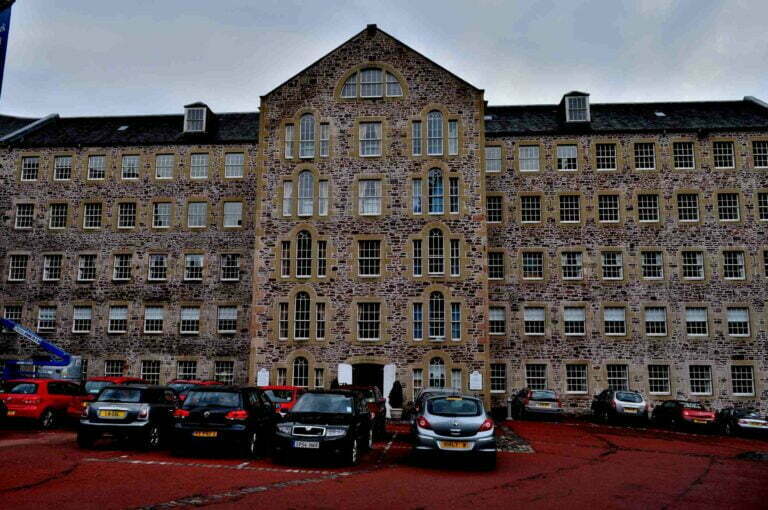
New Lanark is a historic village located in Scotland, near the town of Lanark, UK. The village of New Lanark was established in the late 18th century by David Dale, a Scottish businessman and philanthropist. Dale was a partner of Richard Arkwright, the inventor of the water frame spinning machine, which revolutionized the textile industry. New Lanark became famous for its cotton mills, which were powered by the fast-flowing waters of the River Clyde. In 1786, Dale purchased the land and established the cotton mills, harnessing water power for the production of cotton thread and cloth. The village quickly grew around the mills as workers and their families settled there. The most significant period in New Lanark’s history is associated with Robert Owen, who became the manager of the mills in 1800. Owen was a social reformer and visionary who implemented progressive and groundbreaking ideas for the well-being of the workers and the community.

Blaenavon Iron Works, or Blaenavon Industrial Landscape, located at the upper end of the Avon Llwyd valley in South Wales, United Kingdom, was a UNESCO World Heritage Site from 2000 onwards.
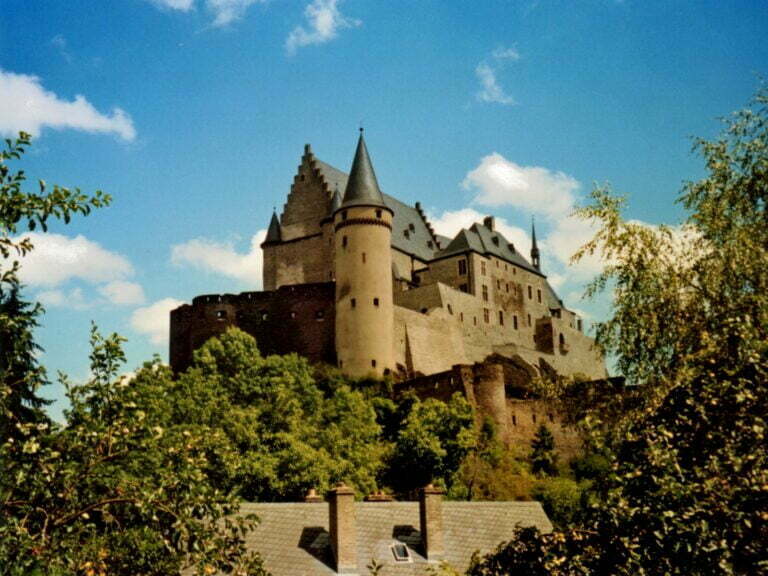
The City of Luxembourg: its Old Quarters and Fortifications, a UNESCO World Heritage Site since 1994, is also famous for festivals, traditions, and culture.

Luxembourg customs and traditions, Luxembourg culture facts, and Luxembourg history all originated in Luxembourg City, which became a UNESCO World Heritage Site in 1994.
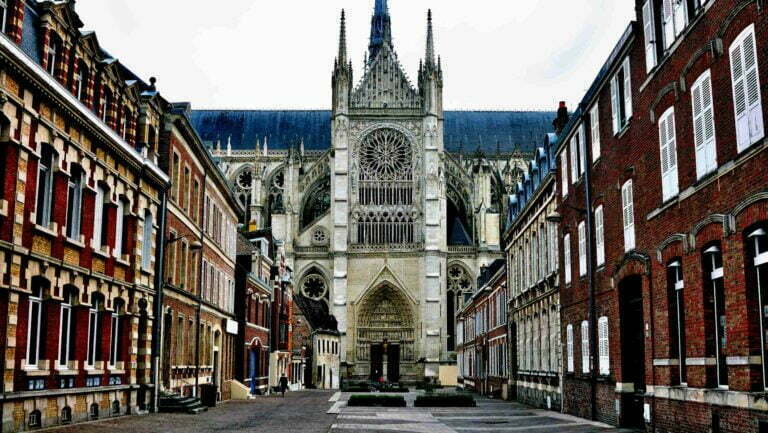
Amiens Cathedral, situated in the Hauts-de-France region, specifically in the Department of the Somme, is a truly monumental architectural masterpiece. It ranks among the largest churches in France and stands as one of the most complete examples of 13th-century Gothic architecture. What makes it particularly remarkable is the meticulous coherence of its design, characterized by a perfectly symmetrical layout of the nave and choir on either side of the transept, a breathtaking three-tier interior elevation, a pioneering structural lightness that heralds a new era in the conquest of luminosity, an opulent array of sculpted ornamentation, and stunning stained glass. All these elements combined make it a truly outstanding representation of medieval architecture. The construction of Amiens Cathedral was completed in less than a century, characterized by a high degree of continuity among the master builders who worked on it. Here are some historical facts about the cathedral.
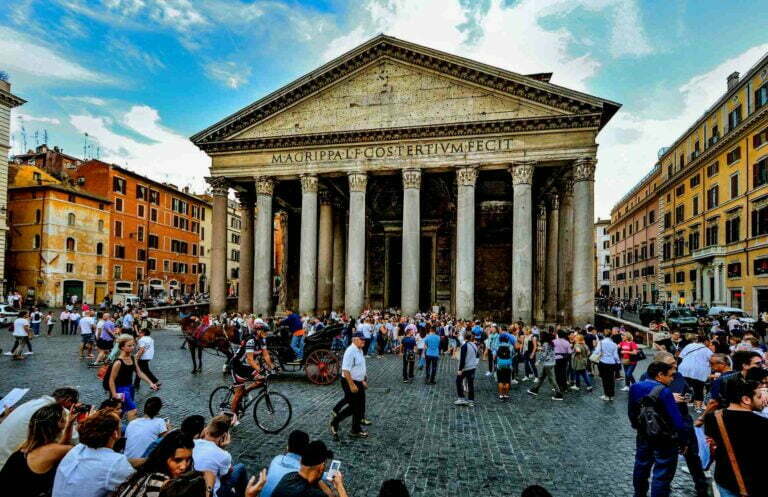
The Pantheon in Italy is one of the Roman buildings that has survived the best. Senator Marcus Agrippa built the Pantheon in 25 B.C.
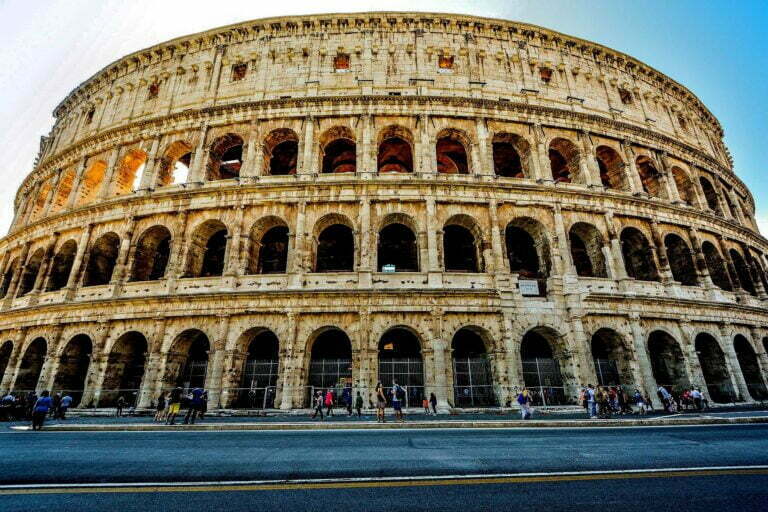
Roman Colosseum in Italy is an oval amphitheater that was built between 70 and 72 AD by Emperor Vespasian of the Flavian dynasty as a gift to the Roman people.

Canterbury Cathedral, St Augustine's Abbey, and St Martin's Church. It is in the administrative and historic county of Kent, in southeastern England.
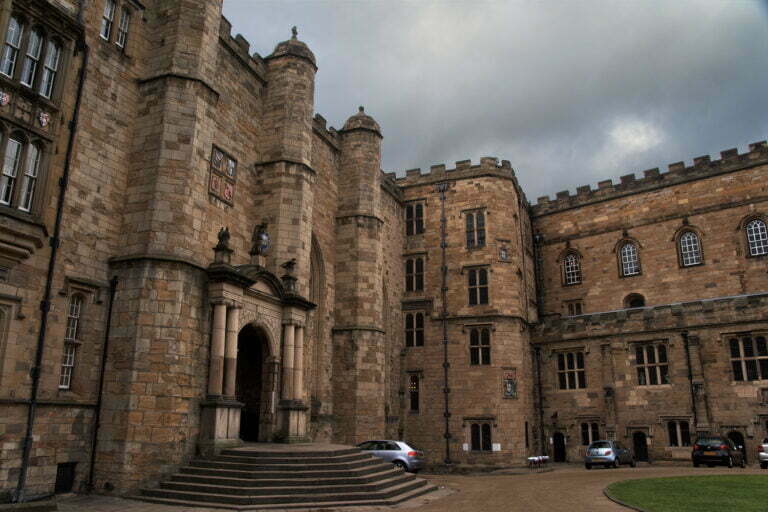
Durham Castle and cathedral are the largest and finest examples of Norman construction in England, and they attest to the importance of the early Benedictine monastic community.

Ironbridge is currently a British national monument. The Ironbridge Gorge World Heritage Site includes the bridge, the town of Ironbridge and Ironbridge Gorge

Tower of London is a royal fortification. Historically, it was a royal palace, political prison, execution site, armory, royal mint, menagerie, public records office.

Blenheim Palace was built by the English Parliament as a national present to John Churchill, 1st Duke of Marlborough, at Woodstock, Oxfordshire, England. Churchills homes, History, Gardens











